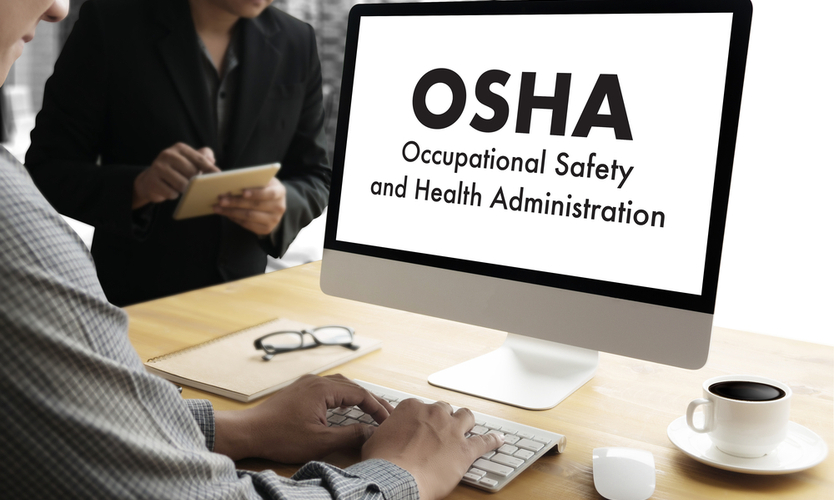The property insurance market will remain tight for the rest of the year and will get even more challenging for buyers in 2023 as reinsurers increase rates at Jan. 1 renewals in the wake of losses from Hurricane Ian, brokerage Risk Strategies Co. said in a report Wednesday.
Many casualty lines will also see rate increases, the Boston-based broker said in its “State of the Market” report, which predicts pricing trends for the fourth quarter of this year and the first quarter of 2023.
“Businesses with an unfavorable loss history and those in cat zones will continue to see price increases. Weather and climate change are significantly impacting areas of the country, Florida and California in particular,” John Mina, CEO of Risk Strategies, said in the report.
Rates for policyholders with an unfavorable loss history or with properties in high-risk areas will see rate hikes of 50% or more, the report said. Average property risks will see increases of 20% or more and high-quality risks will renew at flat or 5% rate increases.
In casualty lines, auto insurance rates are expected to rise 5% to 10%, general liability rates will rise 2% to 5%, umbrella rates will rise 5% to 10%, and workers compensation rates will be flat, the report said.
Cyber liability insurance rates are expected to rise 30% to 40%.
The management liability market, which has seen a surge of new entrants over the past year, is expected to be easier on buyers.
Public company management liability rates are expected to be flat to 20% down for primary layers and 10% to 30% lower for excess coverage. Private company management liability rates are expected to be flat to 5% up for primary coverage and flat to 5% down for excess layers.









